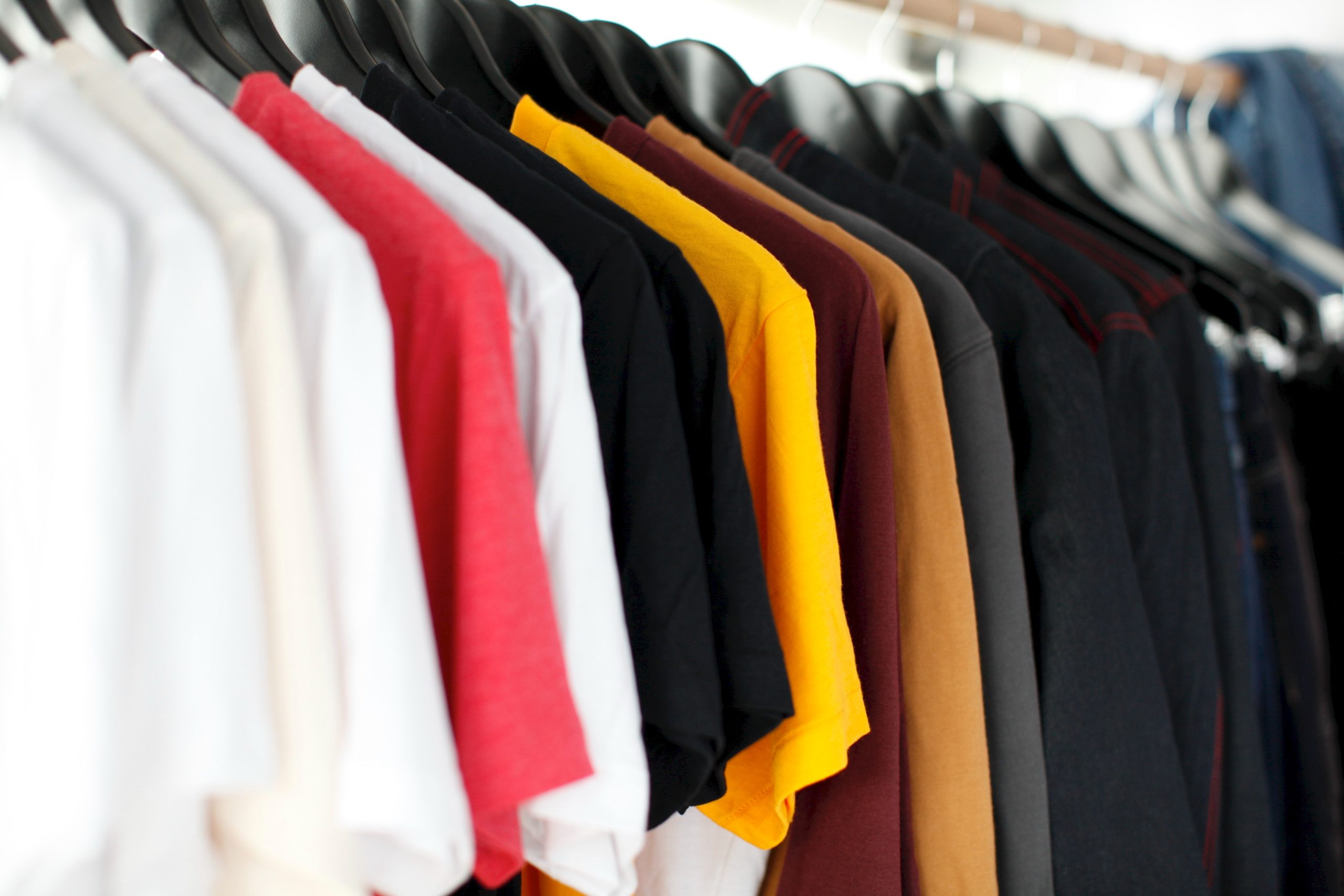
Used Clothing as a Trend in Apparel
Somebody’s trash could be another person’s treasure. The fashion industry is making attempts to enter a sustainable path, and because of that, the second-hand market is witnessing surprising growth.
Vintage and resale are not exactly new concepts. In the next five years, the secondhand market is supposed to double and will be worth $77 billion.
In recent years, digital initiatives have created a large customer base for used clothing.
Clothing Consumption and Sustainability
The fashion industry has long profited from fast fashion, and from the need that customers have for the latest fashions.
Fast fashion, which is characterized by cheap clothing, has led consumers to buy excess clothes. The used clothing trend can reduce the fashion industry’s harmful environmental impact.
The used clothing market is supposed to grow much faster than traditional retail.
This trend has also resulted in a new term, re-commerce. The two important categories of the secondhand clothing market are resale platforms and thrift stores.
Mindful Step
The fashion industry has a few negative associations, like unfair treatment of its workers, and pollution created by clothing production.
The production of textiles has also led to water pollution.
Buying used clothing is tantamount to an environmental win, as it gives consumers a way to push back against a fast fashion system.
With recommerce, an item of clothing is worn longer, which is a great way for fashion to become more sustainable. Used clothing contributes to reduced carbon emissions. Given below are a few benefits of used clothing.
Reduced Waste
Used clothing saves resources like water and energy. According to a survey conducted by the U.N, almost 20% of the world’s wastewater is produced by the fashion industry.
For instance, producing cotton, a raw material used for textiles, requires the use of a considerable amount of pesticides and fertilizers which pollute waterways and groundwater.
It might not happen overnight but second hand clothes can reduce the impact of hazardous chemicals. With the increased use of second hand clothing, the water used can also be repurposed.
That water can be used as drinking water instead of being reduced to industrial waste.
Good Cause
Groups that run thrift stores often do so to raise funds for charity. Buying used clothing from such stores also means supporting a good cause.
The Salvation Army and Canadian Diabetes Association are organizations that run thrift stores. Religious groups and churches also run thrift stores to help their community.
There are also tons of thrift stores online, some of which support worthy causes. For instance, T4T thrift shop in Arizona donates proceeds from their store to free and low cost supplies to teachers.
Style Choices which are Affordable
The obvious benefit of used clothing is that it saves people money. There are unique pieces available in thrift stores which can help consumers make personal style statements.
Customers can also find designer items at a lower price. Clothes also change constantly at thrift stores, with donations arriving daily, hence a regular trip to a used clothing store can turn out to be a fun hunt!
Discover more from Ronn Torossian
Ronn Torossian’s Professional Profile on Muck Rack
GuideStar Profile for Ronn Torossian Foundation
Ronn Torossian’s Articles on Entrepreneur
Ronn Torossian’s Blog Posts on Times of Israel
Ronn Torossian’s Contributions on PR News Online
Ronn Torossian’s Twitter Profile
Somebody’s trash could be another person’s treasure. The fashion industry is making attempts to enter a sustainable path, and because of that, the second-hand market is witnessing surprising growth. Vintage and resale are not exactly new concepts. In the next five years, the secondhand market is supposed to double and will be worth $77 billion. In recent years, digital initiatives have created a large customer base for used clothing. Clothing Consumption and Sustainability The fashion industry has long profited from fast fashion, and from the need that customers have for the latest fashions. Fast fashion, which is characterized by cheap clothing, has led consumers to buy excess clothes. The used clothing trend can reduce the fashion industry’s harmful environmental impact.…